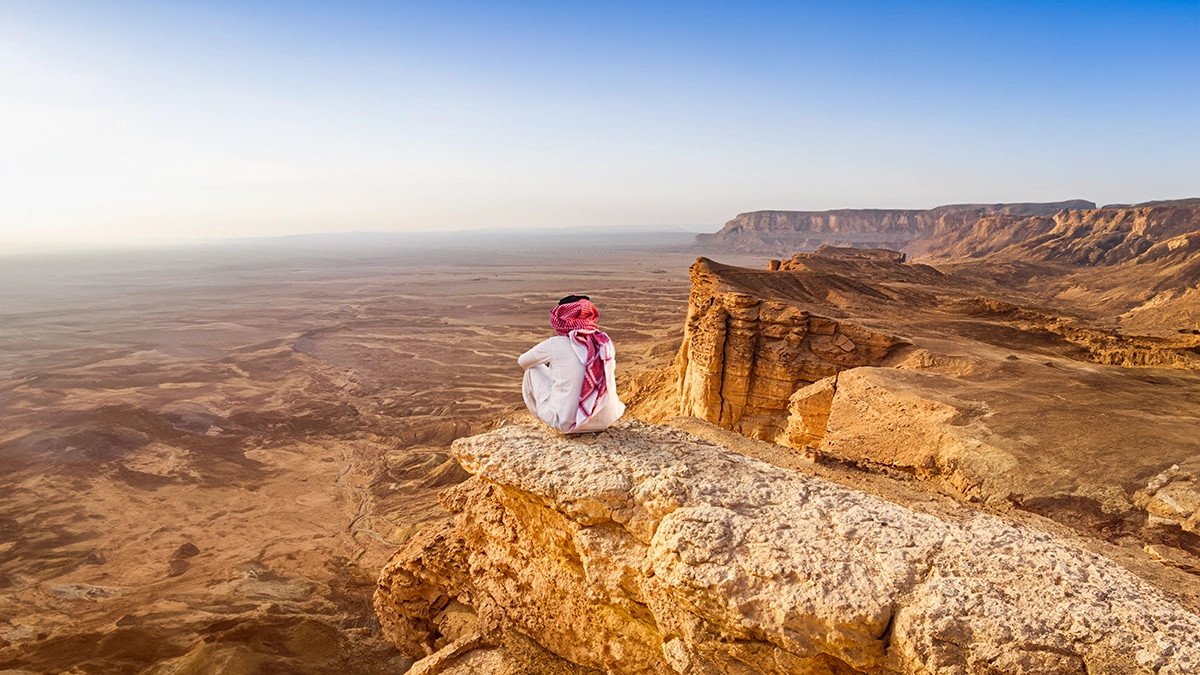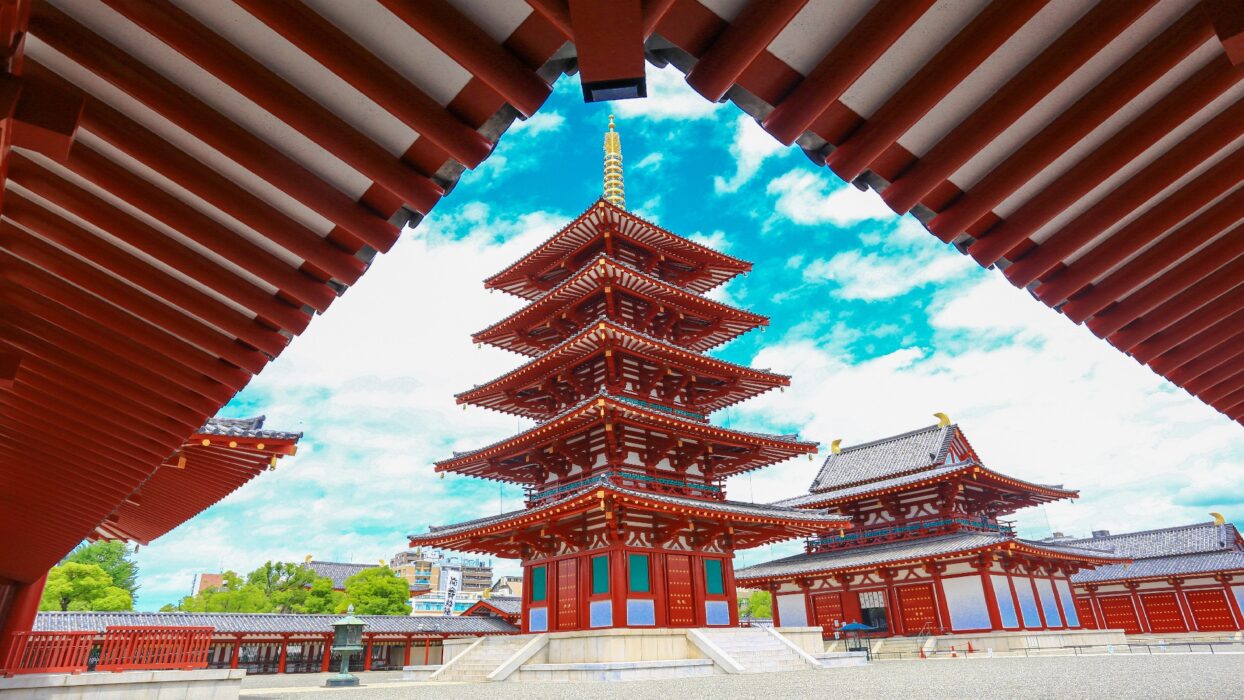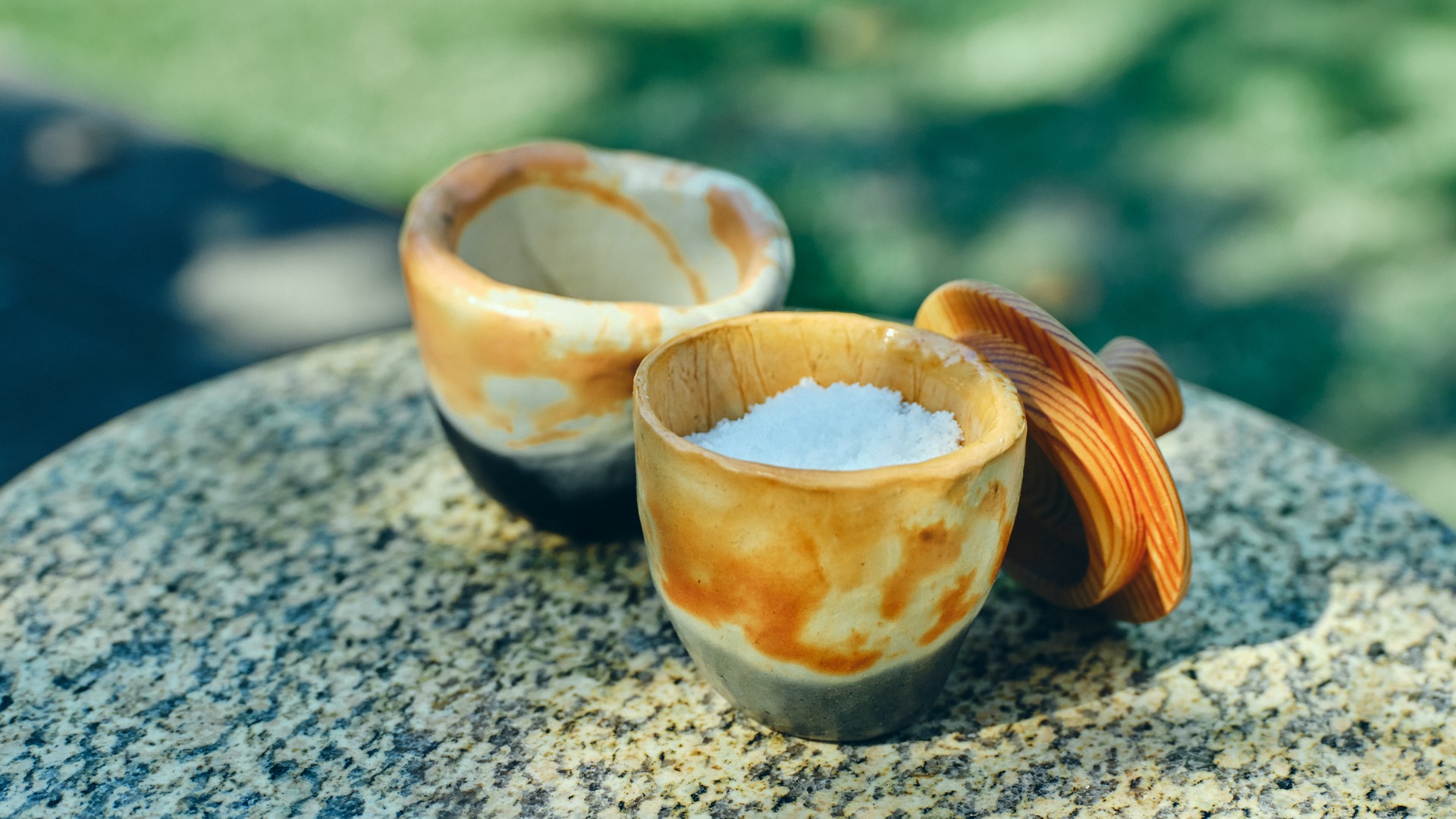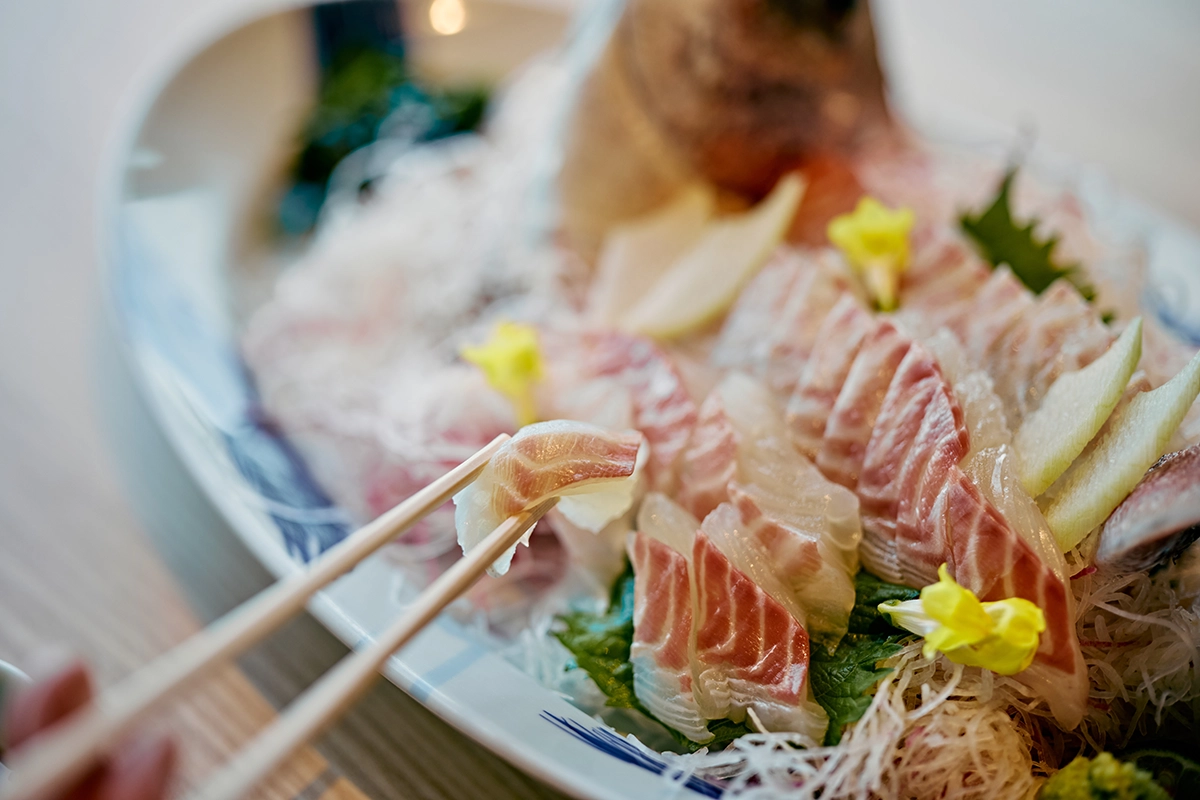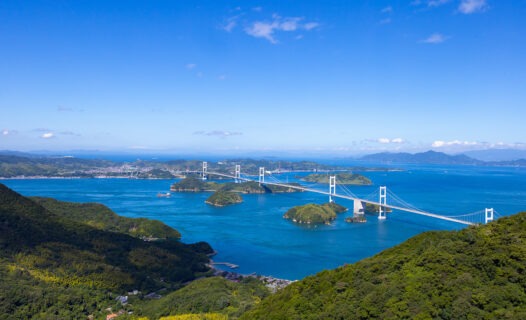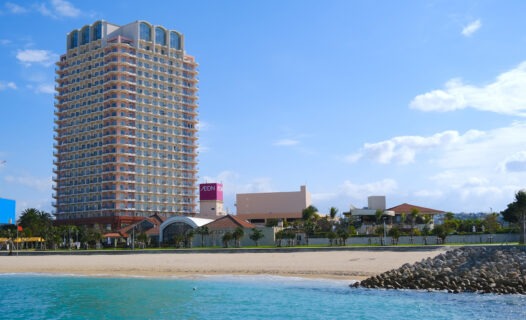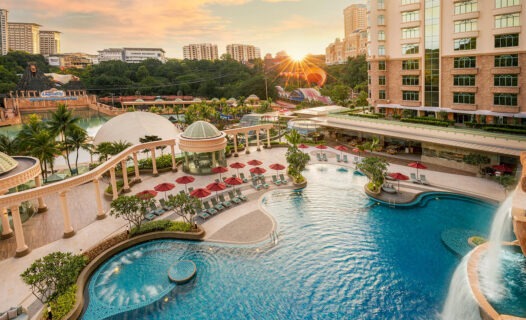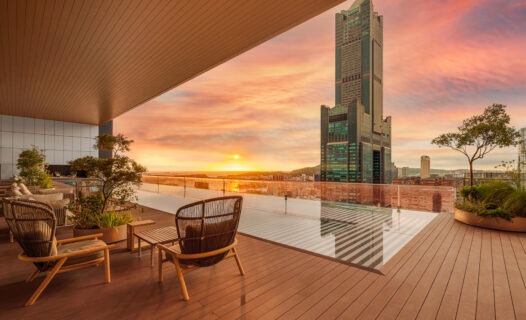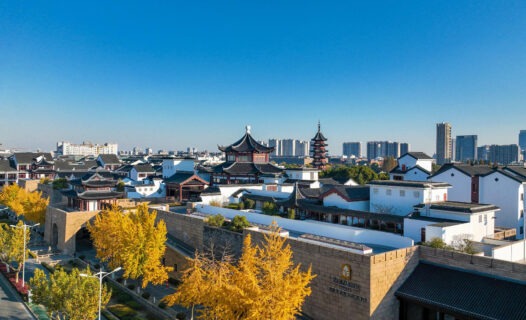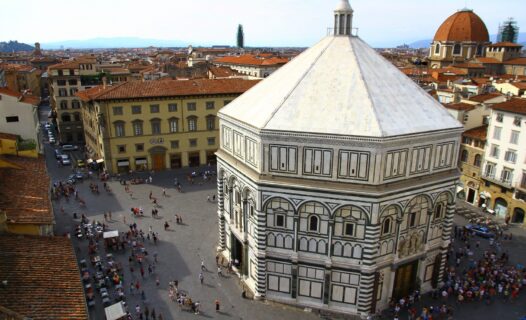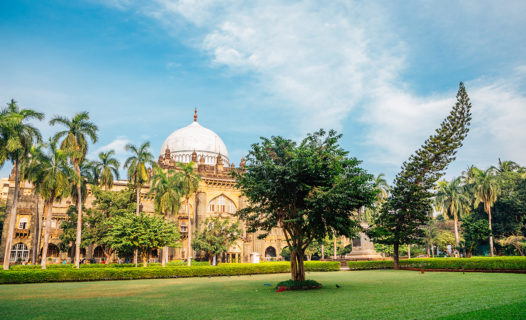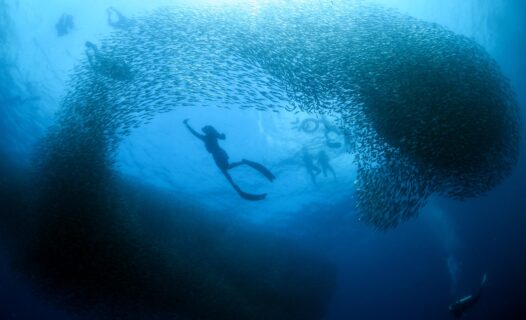Welcome to Kiyomizu-dera After Dark
As the sun dips below the horizon, Kyoto transforms into a canvas of twinkling lights and serene shadows. Among its many treasures, Kiyomizu-dera stands out, radiating a magical allure that captivates all who visit. This iconic temple, known for its stunning wooden stage and breathtaking views, takes on a whole new persona at night. Here, under the stars, the temple becomes a sanctuary of peace and beauty, inviting you to explore its ancient architecture and spiritual ambiance.
Imagine strolling through the temple grounds, the air crisp and cool, as gentle illuminations cast a warm glow on the historic structures. The atmosphere is both tranquil and enchanting, making it an unforgettable experience for anyone seeking a unique night adventure in Kyoto. Whether you’re a history buff, a lover of photography, or simply looking for a romantic evening, Kiyomizu-dera at night promises a delightful journey through time and culture.
Enchanting Kiyomizu-dera Night Illuminations
When the sun sets, Kiyomizu-dera lights up in a spectacular display that transforms the temple into a breathtaking spectacle. The kiyomizu dera illuminated experience is nothing short of magical, as carefully designed lighting highlights the intricate details of the temple’s architecture. From the delicate curves of the wooden beams to the serene beauty of the surrounding gardens, every element is enhanced, creating a captivating kyoto night scenery.
The artistic design of the illuminations plays a crucial role in this transformation. Soft, warm lights are strategically placed to accentuate the temple’s historical features and natural beauty. The result is a harmonious blend of art and architecture that invites visitors to appreciate Kiyomizu-dera in a whole new light. As you wander through the grounds, you’ll find yourself mesmerized by how the kiyomizu dera light up experience brings the ancient structure to life, creating an ethereal atmosphere that feels almost otherworldly.
Interestingly, the types of lights used are not just for show. They are chosen for their ability to create a gentle ambiance that respects the temple’s spiritual significance. This thoughtful approach to illumination allows visitors to connect with the site on a deeper level, making each visit a personal and memorable encounter. So, if you’re planning a visit, be sure to take your time and soak in the beauty of Kiyomizu-dera’s night illuminations.
The Magical Experience of Kiyomizu-dera at Night
Visiting Kiyomizu-dera after dark offers a unique opportunity to experience its serene atmosphere in a way that daytime visits simply cannot match. The peacefulness that envelops the temple grounds at night is palpable, allowing you to reflect and connect with the rich history that surrounds you. For those seeking the best views, timing your visit for sunset can create a truly breathtaking experience, as the fading light casts a golden hue over the temple and the city below.
As you stroll along the paths lined with cherry blossoms and ancient trees, you might find yourself lost in thought, inspired by the beauty of your surroundings. Visitors often share how the tranquility of Kiyomizu-dera at night allows them to feel a deep sense of peace and connection to nature. One visitor remarked, “It felt like stepping into a painting; the lights, the temple, everything was so perfect!”
For the ultimate experience, plan your visit during the kiyomizu dera evening hours, when the temple is illuminated and the stars twinkle overhead. This is a time when you can truly appreciate the charm of a night stroll kyoto style, surrounded by the sounds of nature and the whispers of history. Whether you’re a solo traveler seeking solitude or a couple looking for a romantic spot, Kiyomizu-dera at night is a must-see.
Cultural Heritage of Kiyomizu-dera
Kiyomizu-dera is not just a stunning temple; it’s a treasure trove of history and culture. Recognized as a UNESCO World Heritage site, this iconic landmark has stood the test of time, showcasing the architectural brilliance of the Heian period. The temple’s name translates to “Clear Water Temple,” derived from the Otowa Waterfall that runs beneath its main hall. Visitors can drink from the three streams of this waterfall, each said to grant different benefits: longevity, success in studies, and a fortunate love life. Which one will you choose?
The architectural marvels of Kiyomizu-dera are a sight to behold. The main hall, or Hondo, is built on wooden stilts, offering breathtaking views of cherry and maple trees that frame the temple. During the cherry blossom season, the view is nothing short of spectacular, as the delicate pink blooms contrast beautifully against the temple’s wooden structures. And let’s not forget the autumn foliage, where vibrant reds and oranges create a stunning backdrop, especially when illuminated at night.
Local festivals, such as the Kiyomizu-dera Temple Spring Festival and the Jishu Shrine’s Love Fortune event, add to the cultural experience. These events celebrate the temple’s rich history and offer visitors a chance to immerse themselves in local traditions. If you’re in town during these times, you’ll find the temple buzzing with energy, laughter, and the sound of traditional music echoing through the air.
Night Photography at Kiyomizu-dera
For photography enthusiasts, Kiyomizu-dera at night is a dream come true! The temple’s illuminations create a magical atmosphere that begs to be captured. To make the most of your night photography adventure, here are some handy tips:
- Bring a Tripod: Night photography requires stability. A tripod will help you avoid blurry images and capture the stunning details of the temple’s architecture.
- Adjust Your Settings: Experiment with longer exposure times to let in more light. This will help you capture the intricate details of the temple’s wooden beams and the soft glow of the illuminations.
- Find the Right Angles: Look for vantage points that frame the temple against the night sky. The wooden stage offers fantastic views, especially when the moon is shining bright!
- Play with the Light: Use the temple’s lights creatively. Capture reflections in the nearby ponds or experiment with silhouettes of visitors against the glowing backdrop.
Whether you’re an amateur or a seasoned pro, the night photography at Kiyomizu-dera will leave you with unforgettable memories and stunning photos to share. Don’t forget to share your best shots with fellow travelers!
Culinary Delights to Savor Under the Stars
After soaking in the beauty of Kiyomizu-dera at night, treat your taste buds to some local culinary delights! Kyoto is famous for its exquisite cuisine, and there’s no shortage of options near the temple. Here are some must-try dishes:
- Kaiseki Ryori: Experience the elegance of traditional multi-course dining. Each dish is a work of art, showcasing seasonal ingredients and local flavors.
- Yudofu: This simple but delicious tofu dish is a local specialty. Enjoy it at a nearby restaurant, where it’s often served with dipping sauces and fresh vegetables.
- Matcha Desserts: Don’t miss out on Kyoto’s famous matcha! Indulge in matcha-flavored sweets like mochi, ice cream, or even matcha lattes.
For a truly magical experience, consider dining at one of the restaurants with views of Kiyomizu-dera. Imagine savoring your meal while gazing at the temple illuminated against the night sky. It’s a feast for both the palate and the eyes!
Festivals and Events at Kiyomizu-dera
Kiyomizu-dera comes alive with vibrant festivals and special events throughout the year. Each season brings its own charm, making it a fantastic time to visit. Here are some highlights:
- Spring Cherry Blossom Viewing: From late March to early April, the cherry blossoms bloom, creating a breathtaking spectacle. The temple hosts special evening illuminations during this period, allowing visitors to enjoy the blossoms under the stars.
- Autumn Foliage Festival: In November, the temple is surrounded by vibrant autumn colors. The nighttime illuminations enhance the beauty of the foliage, creating a magical atmosphere.
- New Year Celebrations: Kiyomizu-dera attracts thousands of visitors on New Year’s Eve, where people come to pray for good fortune in the coming year. The temple is beautifully lit, and the atmosphere is filled with hope and excitement.
These events not only celebrate the beauty of Kiyomizu-dera but also offer a glimpse into Kyoto’s rich cultural heritage. Be sure to check the temple’s calendar of events when planning your visit!
Practical Information for Travelers
Planning a visit to Kiyomizu-dera at night? Here’s what you need to know to make the most of your experience:
- Admission Fees: The entrance fee is typically around 400 yen, which helps with the maintenance of this historic site.
- Opening Hours: Kiyomizu-dera is usually open until 9 PM during the illumination seasons. However, it’s best to check the official website for specific dates and hours.
- Transportation: The temple is easily accessible by public transportation. Take the bus or subway to Kiyomizu-Gojo Station, and enjoy a scenic walk to the temple.
To avoid crowds, consider visiting on weekdays or during off-peak seasons. Arriving early in the evening allows you to enjoy the sunset before the temple lights come on, creating a truly unforgettable experience.
Sustainability and Conservation at Kiyomizu-dera
As a UNESCO World Heritage site, Kiyomizu-dera is committed to preserving its cultural and natural heritage. The temple has implemented several sustainability initiatives to minimize its environmental impact while enhancing visitor experiences:
- Eco-Friendly Lighting: The illuminations are designed using energy-efficient LED lights, which reduce energy consumption while still providing a stunning visual experience.
- Waste Management: Kiyomizu-dera encourages visitors to respect the environment by providing recycling bins and promoting waste reduction.
- Community Engagement: The temple collaborates with local organizations to promote conservation efforts and educate visitors about the importance of preserving cultural heritage.
By visiting Kiyomizu-dera, you’re not only enjoying its beauty but also supporting its ongoing preservation efforts. It’s a win-win!
Seasonal Travel Insights for Kiyomizu-dera
Each season at Kiyomizu-dera offers a unique experience. Here’s a quick guide to what you can expect throughout the year:
- Spring: The cherry blossoms bloom, creating a picturesque setting. Night illuminations during this time are particularly enchanting.
- Summer: While the days can be hot, the evenings are pleasant. Enjoy the temple’s nighttime atmosphere and the vibrant greenery surrounding it.
- Autumn: The foliage transforms into a riot of colors, making it one of the most beautiful times to visit. The autumn illuminations are simply magical.
- Winter: The temple is less crowded, and if you’re lucky, you might see it dusted with snow. The peaceful ambiance is perfect for reflection.
Plan your visit according to the season that captures your heart, and don’t forget to check for special events that coincide with your trip!
Safety and Health Guidelines for Night Visits
While exploring Kiyomizu-dera at night is a delightful experience, it’s essential to prioritize safety. Here are some tips to keep in mind:
- Stay Aware of Your Surroundings: The temple grounds can be dimly lit in some areas, so be mindful of your surroundings as you walk.
- Wear Comfortable Shoes: The paths can be uneven, so comfortable footwear is a must for exploring the temple grounds.
- Follow Health Guidelines: Check any current health protocols in place, such as mask mandates or social distancing measures.
With a little caution, your night visit to Kiyomizu-dera will be safe and enjoyable!
Commonly Asked Questions (FAQs)
Here are some common questions travelers have about visiting Kiyomizu-dera at night:
- What are the best times to visit for night views? The best time is during the illuminations, typically from late March to early April for cherry blossoms and November for autumn foliage.
- Is the temple accessible for everyone? Yes, Kiyomizu-dera has made efforts to improve accessibility, but some areas may still be challenging for those with mobility issues.
- Can I take photos inside the temple? Photography is allowed in most areas, but be respectful and avoid using flash in sensitive spots.
Have more questions? Don’t hesitate to ask fellow travelers or the friendly staff at the temple!
Fun Facts About Kiyomizu-dera
Ready for some fun trivia? Here are some intriguing tidbits about Kiyomizu-dera:
- The famous wooden stage is about 13 meters high and juts out over the hillside, offering stunning views of the cherry and maple trees below.
- The phrase “to jump off the stage at Kiyomizu” is a Japanese expression equivalent to “to take the plunge” or “to take a risk.” In the past, it was believed that if someone survived a 13-meter jump, their wish would be granted!
- Kiyomizu-dera has been a pilgrimage site for over a thousand years, attracting visitors from all walks of life, including emperors and commoners alike.
These fun facts add an extra layer of appreciation for this remarkable temple. Share them with your friends during your visit!
Detailed Day-by-Day Itinerary for Kiyomizu-dera at Night
If you’re planning a multi-day trip to Kyoto, here’s a suggested itinerary that includes Kiyomizu-dera:
Day 1: Arrival and Evening at Kiyomizu-dera
Arrive in Kyoto and check into your accommodation. Spend the evening at Kiyomizu-dera to witness the stunning night illuminations. Grab dinner at a nearby restaurant, enjoying local specialties.
Day 2: Explore Kyoto’s Cultural Gems
Visit nearby attractions like Ginkaku-ji (Silver Pavilion) and Philosopher’s Path. In the evening, consider attending a local festival or event at Kiyomizu-dera.
Day 3: Nature and Relaxation
Spend your day exploring the beautiful gardens of Arashiyama and the iconic Bamboo Grove. Return to Kiyomizu-dera for another evening visit, soaking in the temple’s serene ambiance.
Day 4: Departure
Before you leave, take a morning stroll around Kiyomizu-dera to enjoy the peacefulness of the temple grounds. Don’t forget to grab some souvenirs to remember your adventure!
